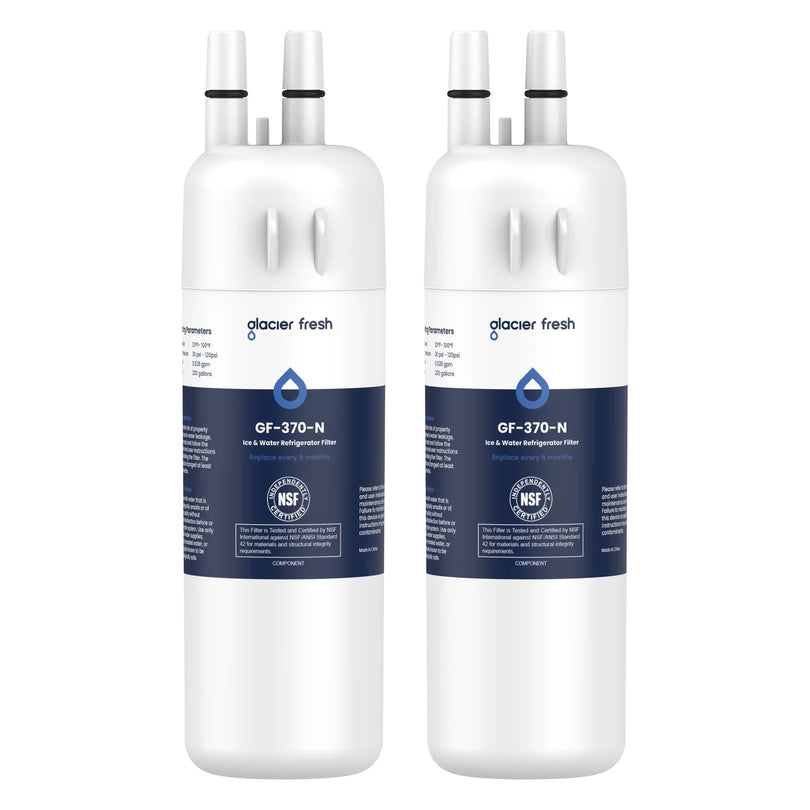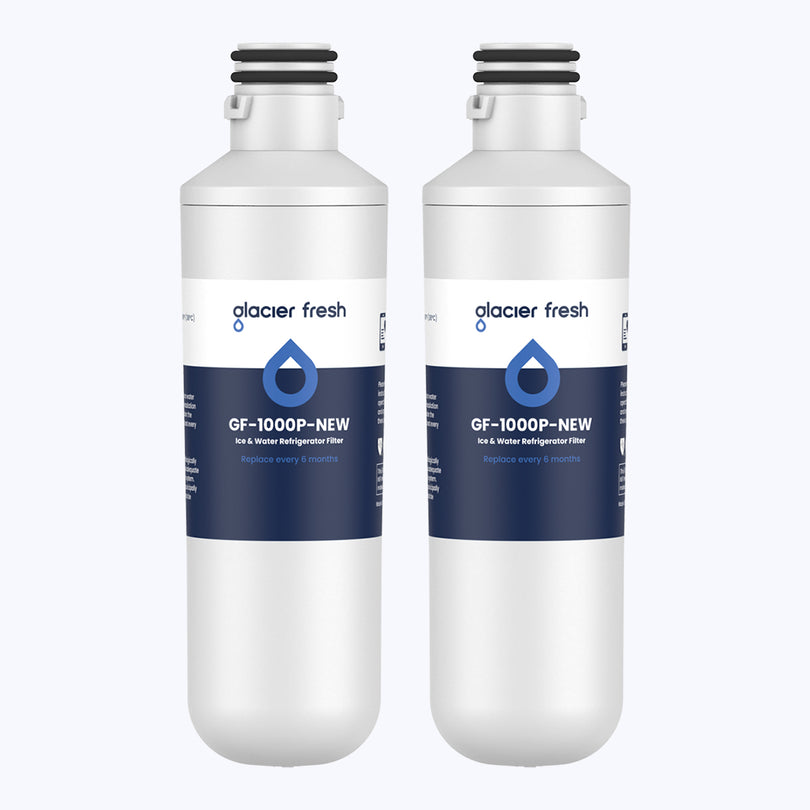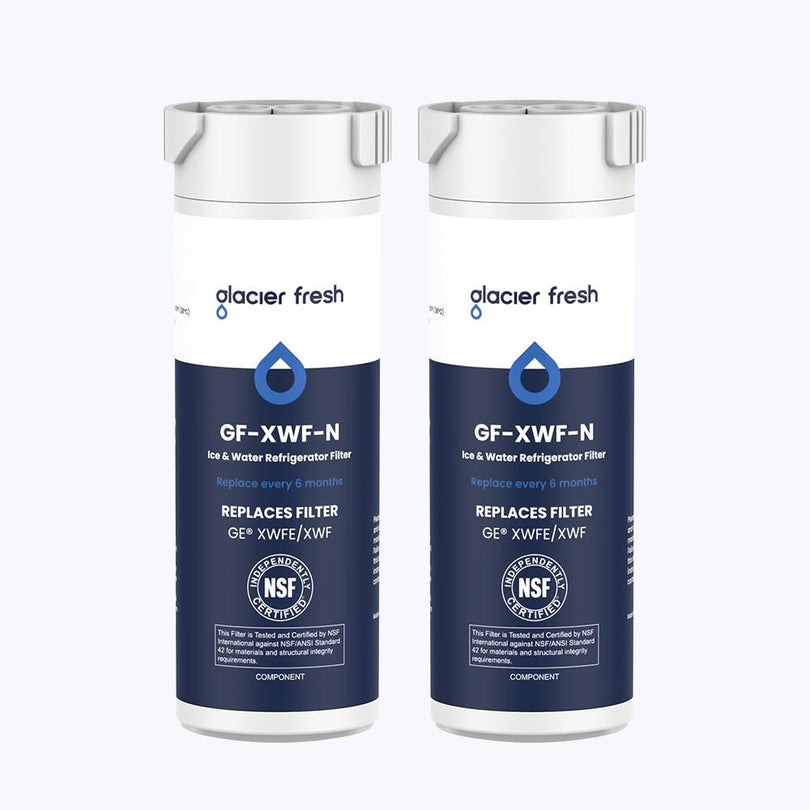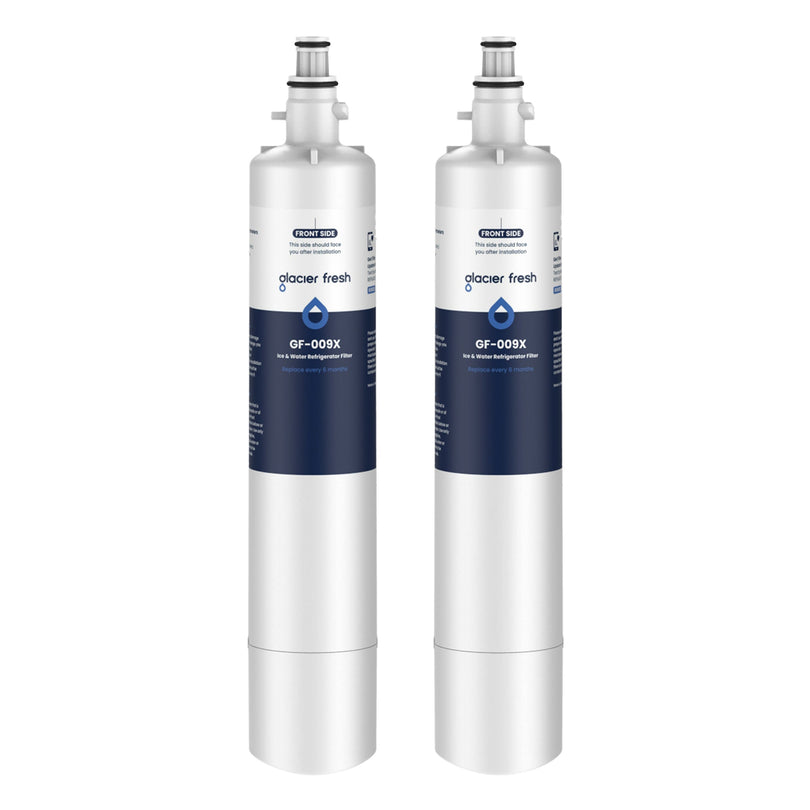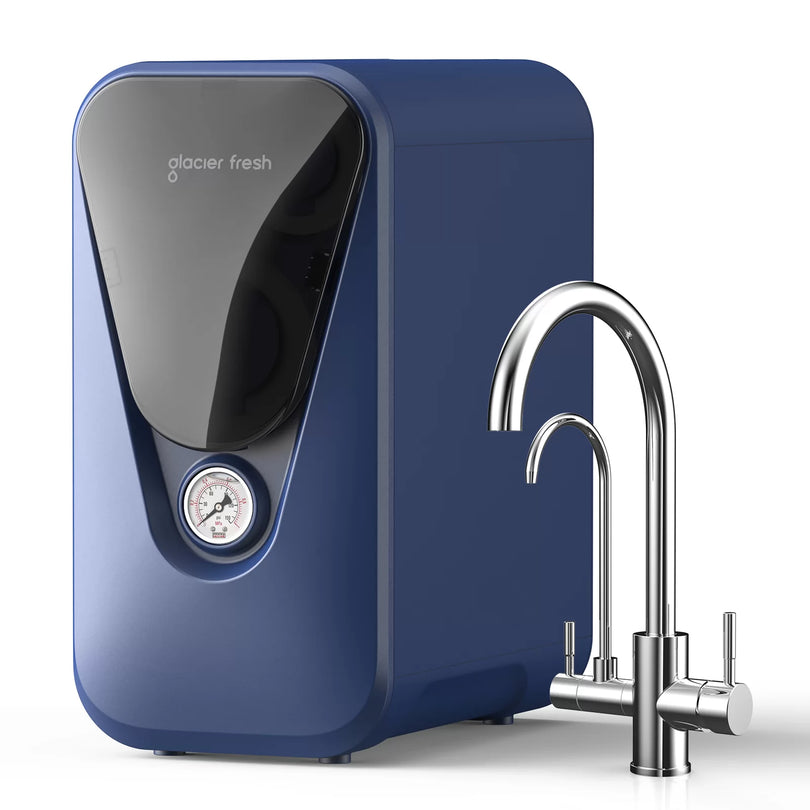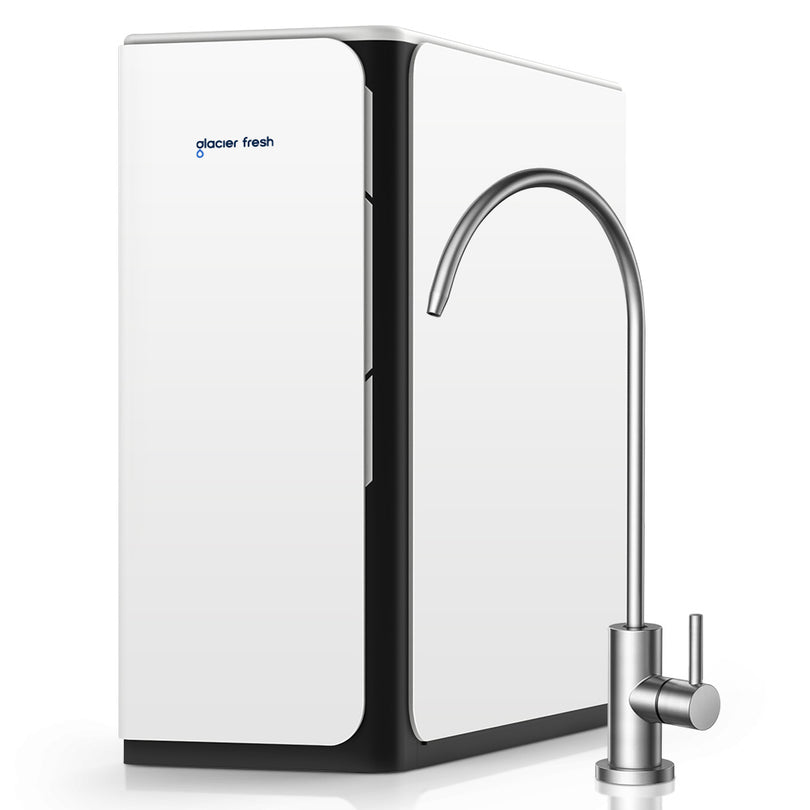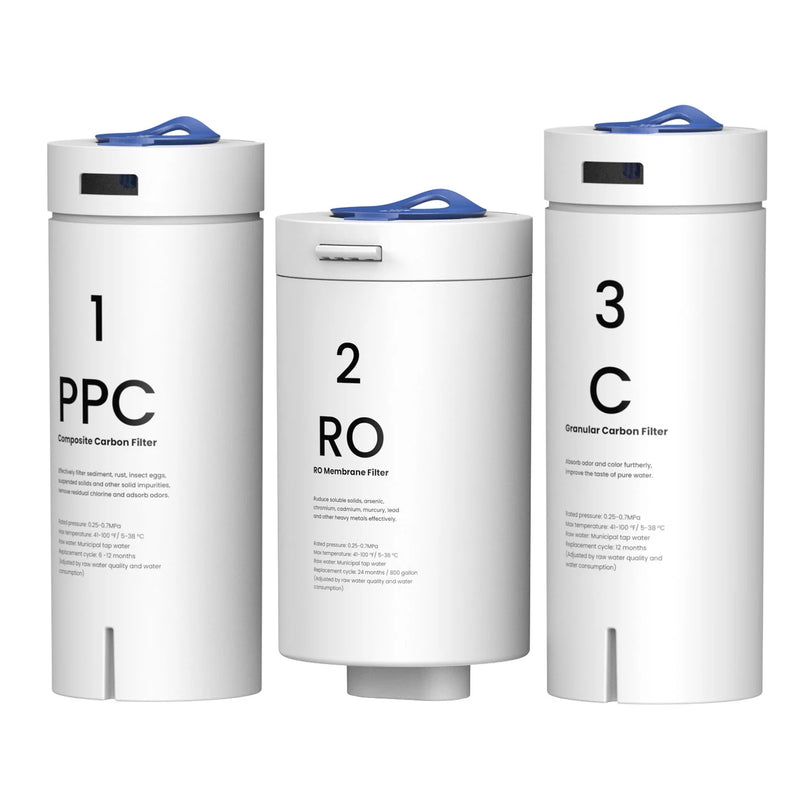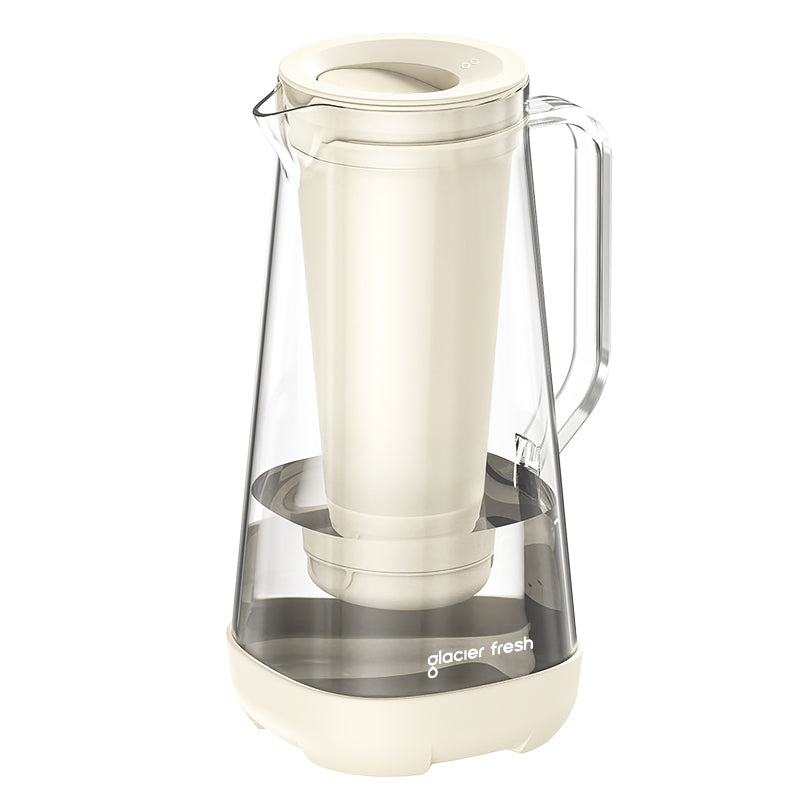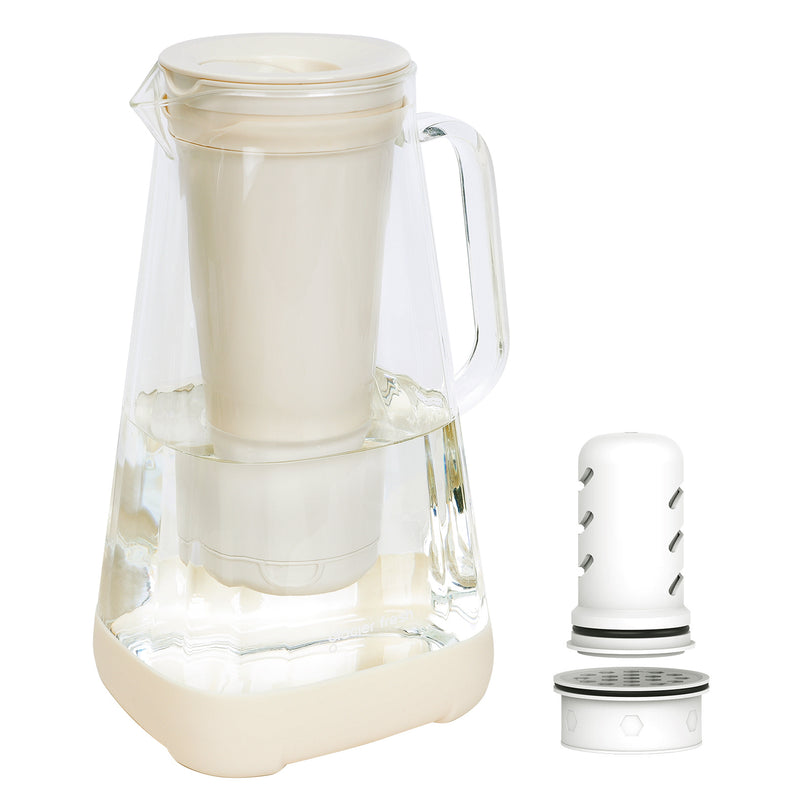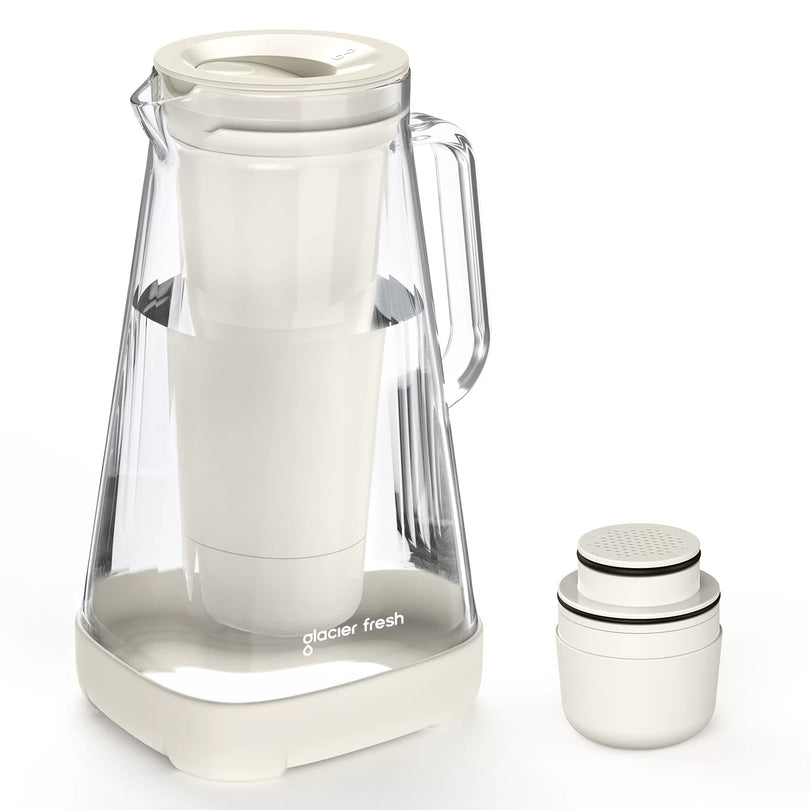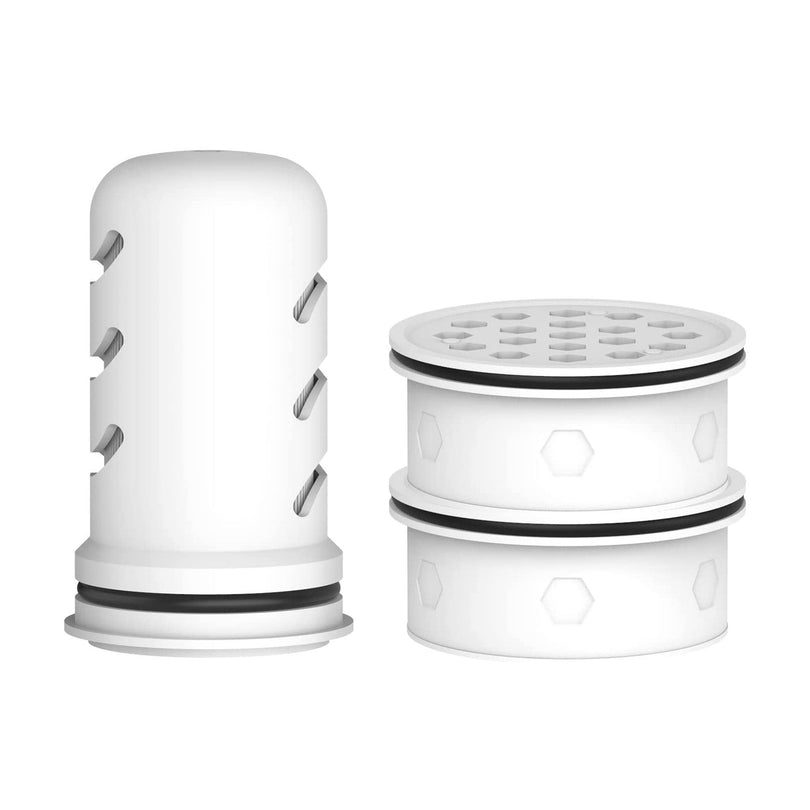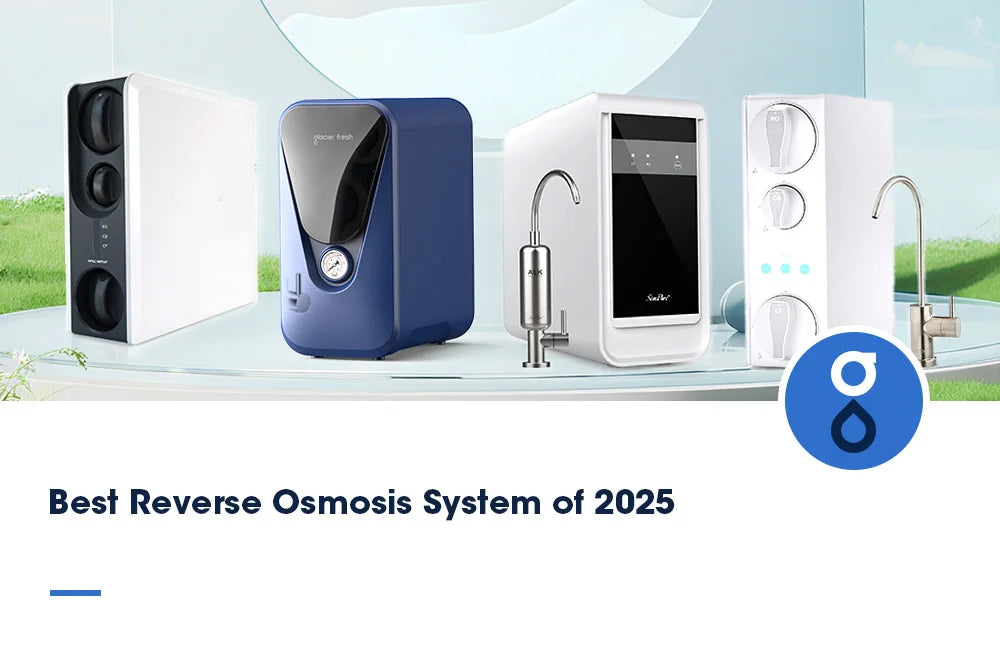Table of Contents:
Was ist Umkehrosmosewasser?
Was ist der Unterschied zwischen ihnen?
Destilliertes Wasser vs. Umkehrosmosewasser: Welches soll ich wählen?
FAQs
Zusammenfassung
Wenn es um sauberes Trinkwasser geht, werden Umkehrosmose und Destillation oft miteinander verglichen. Beide Methoden entfernen unerwünschte Elemente und erzeugen sauberes Wasser. Ihre Betriebsabläufe und Zwecke unterscheiden sich jedoch. Je nach Geschmacksvorlieben, Energieverbrauch oder Gesundheitsaspekten bevorzugen manche Menschen die eine oder andere Option.
Dieser Artikel erklärt, wie sie funktionieren, was die Unterschiede sind und welches für Ihr Zuhause das Richtige sein könnte. Wenn Sie sich zwischen den beiden entscheiden möchten, finden Sie hier einen einfachen, unkomplizierten Vergleich.
Was ist Destillation?
Destillation ist eine traditionelle Methode zur Wasserreinigung. Dabei wird Wasser gekocht und der Dampf anschließend abgekühlt. Der Dampf wird abgekühlt und zu Flüssigkeit kondensiert. Dieser Schritt entfernt den Großteil der gelösten Mineralien, Salze, Schwermetalle und anderer Verunreinigungen aus dem Wasser. Das Ergebnis ist nahezu reines Wasser ohne Mineraliengehalt.
Destilliertes Wasser wird in vielen Bereichen eingesetzt, in denen hochreines Wasser benötigt wird. Dazu gehören medizinische Labore, Dampfbügeleisen, Autobatterien und CPAP-Geräte. Es ist trinkbar, schmeckt aber nach nichts, da alle Mineralien entfernt wurden. Deshalb empfinden es viele Menschen als schal oder langweilig. Außerdem ist es nicht gut, über längere Zeit ausschließlich destilliertes Wasser zu trinken, da dem Körper dadurch die wichtigen Mineralien fehlen, die er normalerweise über Trinkwasser erhält.
Die Destillation ist außerdem energieintensiv, da das Material bis zum Siedepunkt erhitzt werden muss, was den Prozess für den täglichen Gebrauch im Haushalt weniger praktisch macht.
Was ist Umkehrosmosewasser?

Umkehrosmose ist ein modernes Reinigungsverfahren, bei dem Wasser unter hohem Druck durch eine halbdurchlässige Membran gepresst wird. Diese Filtermembran entfernt fast 99 % aller Verunreinigungen, darunter Chlor, Arsen, Fluorid, Nitrate, Bakterien usw. Viele Umkehrosmosesysteme für den Heimgebrauch verfügen zusätzlich über Vor- und Nachfilter, um Ablagerungen zu entfernen und den Geschmack zu verbessern.
Wasser aus einer Umkehrosmoseanlage ist sehr rein und unbedenklicher als ungefiltertes Leitungswasser, insbesondere in Regionen mit schlechter Wasserqualität. Einige Anlagen verfügen über eine Remineralisierungsstufe, die dem Wasser wieder gesunde Mineralien (wie Kalzium und Magnesium) zuführt, um den Geschmack zu verbessern und Ihre Gesundheit zu unterstützen.
Ein RO-Wasserfilter für den Haushalt verfügt in der Regel über mehr als eine Filterstufe und wird unter der Küchenspüle installiert. Es gibt auch ein Umkehrosmose-Wasserfiltersystem für die Arbeitsplatte , das kleiner ist und weniger Abwasser erzeugt, Ihnen aber dennoch frisches, sauberes Trinkwasser auf Abruf liefert, ohne dass ein Speichertank erforderlich ist. Sie sind energieeffizienter als einfache Destillationssysteme.
Was ist der Unterschied zwischen ihnen?
Werfen wir einen Blick auf die Hauptunterschiede zwischen Umkehrosmose und Destillation:
Reinheitsgrad
-
Destilliertes Wasser ist nur deshalb 100 % rein, weil es fast alle Verunreinigungen, sogar Mineralien, entfernt.
-
Durch Umkehrosmose gereinigtes Wasser weist eine außergewöhnliche Entfernung von Verunreinigungen (über 99 %) auf, entfernt jedoch möglicherweise nicht alle Spurenelemente vollständig aus dem Wasser.
Schmecken
-
Destilliertes Wasser enthält keine Mineralien und schmeckt fad.
-
RO-Wasser hingegen schmeckt frisch und sauber, insbesondere wenn Remineralisierungsfilter verwendet werden.
Mineralstoffgehalt
-
Destilliertes Wasser enthält keine Mineralien.
-
RO-Wasser kann je nach System mit zusätzlichen Mineralien mineralisiert werden.
Energieeffizienz
-
Die Wasserproduktion mit Destilliergeräten ist zeitaufwändig und verbraucht Strom.
-
Durch die Verwendung von Druckwasser zur Reinigung werden RO-Systeme wesentlich effektiver und energieeffizienter.
Geschwindigkeit und Komfort
-
Durch die langsame Destillation kann der tägliche Bedarf nicht so leicht gedeckt werden.
-
Der Wasserreiniger mit RO-System bietet sofortigen Zugriff auf gereinigtes Wasser und ist somit einfach und bequem.
Anwendungen
-
Für Geräte und Labor- oder medizinische Arbeiten ist destilliertes Wasser am effektivsten.
-
Zum Trinken, Kochen und für die allgemeine Nutzung des Hauses wird RO-Wasser benötigt.
Destilliertes Wasser vs. Umkehrosmosewasser: Welches soll ich wählen?

Ein Umkehrosmose-Wasserfilter wird hauptsächlich im Haushalt eingesetzt, während destilliertes Wasser in medizinischen Laboren und anderen Bereichen verwendet wird, in denen mineralfreies Wasser benötigt wird. Wenn Sie gutes Wasser zum Trinken und Kochen benötigen, ist RO-Wasser (Umkehrosmose) die bessere Wahl.
|
Besonderheit |
Destilliertes Wasser |
Umkehrosmosewasser |
|
Reinheit |
Höchste, entfernt alle Mineralien |
Entfernt die meisten Verunreinigungen |
|
Schmecken |
Flach oder langweilig |
Knackig und frisch |
|
Mineralien |
Keiner |
Kann Mineralien behalten oder wieder hinzufügen |
|
Energieverbrauch |
Hoch (Kochen erforderlich) |
Niedrig (nutzt Wasserdruck) |
|
Geschwindigkeit |
Langsam |
Schnell, insbesondere mit Durchlauferhitzern |
|
Verwendung |
Labor, Geräte, Medizin |
Trinken, Kochen, Heimgebrauch |
Für die meisten Haushalte reicht ein hochwertiger RO-Wasserfilter aus, um regelmäßig sauberes Trinkwasser bereitzustellen. Für den langfristigen Einsatz ist er aufgrund seiner praktischen und wirtschaftlichen Handhabung die bessere Option.
FAQs
Kann ich RO-Wasser anstelle von destilliertem Wasser verwenden?
Ja, in vielen Fällen. Zum Trinken und Kochen ist RO-Wasser möglicherweise sogar besser als destilliertes Wasser, da es ebenfalls Mineralien enthalten kann. Für Geräte, die mineralfreies Wasser benötigen (wie CPAP-Geräte), ist destilliertes Wasser immer noch die sicherere Option. Lesen Sie zur Sicherheit in der Bedienungsanleitung Ihres Geräts nach.
Ist es besser, Leitungswasser oder Umkehrosmosewasser zu trinken?
Umkehrosmosewasser ist deutlich sicherer und gesünder als Leitungswasser. Es befreit es von Giftstoffen, Schwermetallen und anderen Schadstoffen. Leitungswasser kann zwar gereinigt werden, aber nicht überall gibt es saubere und sichere Versorgungsleitungen.
Ist destilliertes Wasser und Umkehrosmosewasser trinkbar?
Ja, beide sind trinkbar. Sie können destilliertes Wasser verwenden, das ultrarein ist, aber keine Mineralien enthält. RO-Wasser ist hochgereinigt und enthält je nach System Mineralien. Für eine optimale Gesundheit ist remineralisiertes RO-Wasser die beste Lösung.
Zusammenfassung
Destilliertes Wasser und Umkehrosmosewasser sind trinkbar. Es kommt ganz auf Ihre Bedürfnisse an. Umkehrosmosefilter eignen sich gut für den täglichen Gebrauch und sorgen für sauberes Trinkwasser zu Hause. Wenn Reinheit oberste Priorität hat, ist destilliertes Wasser eine Option.
Beide Methoden liefern deutlich bessere Wasserqualität als normales Leitungswasser. Sie können sich für ein Durchlauferhitzer-RO-System entscheiden, um sofort und effizient gereinigtes Wasser zu erhalten, oder bei einem Destilliergerät bleiben, wenn Sie eine gerätebasierte Lösung bevorzugen.
Weiterführende Literatur:

